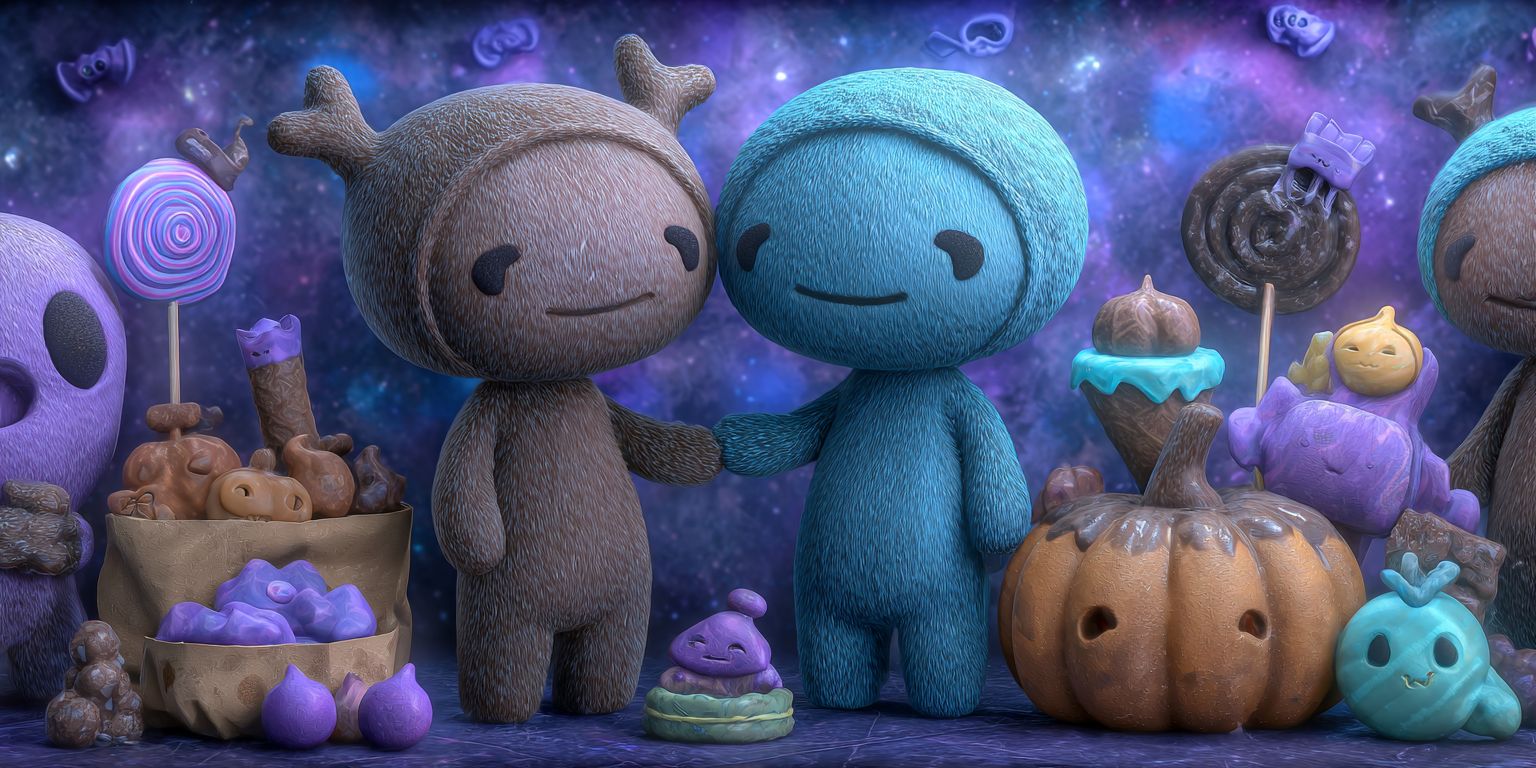Every October 31st, children don costumes, pumpkins glow on doorsteps, and bags of candy change hands in neighborhoods across North America. Yet this seemingly lighthearted ritual has roots stretching back more than two millennia, to bonfires in ancient Ireland, prayers in medieval Europe, and waves of migration that eventually carried these traditions to American suburbs.
Samhain & All Hallows’ Eve: Long before costumes were polyester superheroes, they were animal skins and masks meant to ward off spirits.
The Celtic festival of Samhain (pronounced sow-in), celebrated some 2,000 years ago, marked the boundary between harvest and winter’s “dark half.” Villages lit fires to honor ancestors and confuse wandering souls believed to slip through a thin veil between the living and the dead.
Centuries later, the Christian Church sought to fold these traditions into its calendar. In the 700s, Pope Gregory III fixed All Saints’ Day to November 1, turning the evening before into All Hallows’ Eve. Pagan fire and Christian prayer coexisted, and over centuries the hybrid holiday became “Halloween,” part spiritual observance, part folk ritual.
Turnips to Pumpkins: If one symbol defines Halloween, it’s the jack-o’-lantern. In Irish lore, “Stingy Jack” roamed the earth with a carved turnip lit by a coal, denied entry to both heaven and hell. Immigrants brought this story across the Atlantic, but in America they found pumpkins; larger, easier to carve, and destined to become autumn’s orange beacon. By the early 1900s, U.S. newspapers were already publishing photos of wide-eyed children peeking from inside giant carved gourds.
The Trick-or-Treat Tradition: The phrase “trick or treat” first appeared in Canadian papers in the 1920s, spread to the U.S. a few years later, and gained real traction only after World War II. In the booming postwar suburbs, with their sidewalks, streetlights, and baby boomer kids, Halloween became a safe and family-friendly neighborhood ritual. By the 1950s, candy companies seized the moment, marketing factory-wrapped sweets as the ultimate door prize.
In medieval Europe, the poor knocked on doors during All Souls’ Day, offering prayers in exchange for “soul cakes.” In Scotland and Ireland, children went “guising,” performing songs or verses for small gifts.
Halloween as Business
Today, Halloween rivals Christmas as a retail event. Stores roll out displays in September; pumpkin spice flavors spill across cafés and supermarkets; even pets get their own costume aisles. Counting the Candy: In 2025, Americans are projected to spend a record $13.1 billion on Halloween:
Candy: $3.9B
Costumes: $4.3B (including $1.4B for kids, $2.0B for adults, and nearly $1B for pets)
Decorations: $4.2B
Cards & extras: smaller, but growing steadily
On average, households spend about $114 each. Nearly 80% decorate, more than 70% dress up, and almost half carve pumpkins. Candy remains the centerpiece: two-thirds of Americans will hand out sweets at their doors this year.
✨ The Takeaway for The Weekly Chai: Halloween is proof that cultural rituals are never static. A Celtic bonfire became a pumpkin on your porch. Medieval soul cakes became fun-size Snickers. And what began as superstition evolved into one of America’s most creative, community-driven, and commercially powerful traditions.

